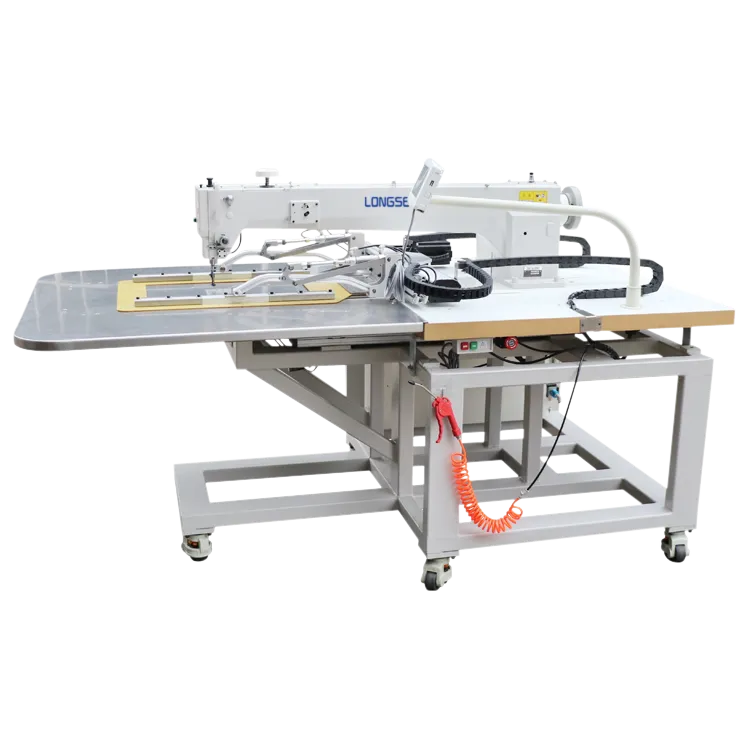leather machine
The Role of Leather Machines in the Modern Tanning Industry
In the world of leather production, technology has transformed traditional methods into a more efficient and effective process. Leather machinery has become an invaluable component in the tanning industry, enhancing not only the quality of the leather but also the overall production process. From raw hides to finished leather goods, the role of leather machines is pivotal, ensuring that the crafting of leather remains sustainable, economical, and innovative.
The Tanning Process An Overview
Before delving into the specifics of leather machinery, it is essential to understand the tanning process. Tanning is the treatment of raw animal hides to produce leather that is not only durable but also resistant to decay. This process typically involves several steps, including soaking, liming, deliming, tanning, and finishing. Each step requires particular machinery designed to handle specific tasks, ensuring that the hides are processed effectively without compromising quality.
Types of Leather Machines
1. Soaking Machines The initial step in the tanning process is soaking, which involves rehydrating the dried hides. Soaking machines are designed to evenly distribute water and other chemicals, allowing the hides to become pliable and ready for further treatment.
2. Liming Machines After soaking, the hides are treated with a lime solution to remove hair and fats. Liming machines automate this process, ensuring that each hide is treated uniformly, which is essential for avoiding weak spots in the leather.
3. Tanning Machines The tanning stage is where hides undergo the most significant transformation into leather. Various tanning methods utilize different types of machines, such as chromium tanning machines or vegetable tanning drums. These machines are engineered to handle large volumes of hides while maintaining consistent conditions for the tanning agents to penetrate effectively.
4. Drum Dyeing Machines Once the tanning process is complete, the leather is often dyed to achieve the desired color. Drum dyeing machines utilize rotating drums that allow dyes to penetrate evenly, producing vibrant and uniform colors.
leather machine

5. Finishing Machines The final stage of leather production involves finishing processes, which can include buffing, polishing, and coating. Finishing machines enhance the texture and appearance of the leather, making it ready for use in various applications, from fashion items to automotive interiors.
Innovations in Leather Machinery
As sustainability and efficiency become increasingly crucial in manufacturing, innovations in leather machinery have emerged. Many manufacturers now focus on developing eco-friendly machines that minimize water usage and reduce harmful waste. For example, modern tanning methods may utilize synthetic tanning agents that lessen environmental impact while maintaining high-quality output.
Additionally, automation and smart technologies are redefining the tanning process. With the integration of IoT (Internet of Things) devices, machines can collect data and optimize various parameters in real-time, enhancing operational efficiency and reducing waste. This technology also allows for better traceability of hides and transparency in the production process, which is increasingly important to consumers.
The Future of Leather Machines
Looking ahead, the future of leather machines seems promising. As consumer preferences shift toward ethically sourced and sustainable products, the leather industry is adapting by investing in innovative machinery. This shift not only caters to growing demand but also supports responsible practices within the industry.
Furthermore, as technology continues to advance, more sophisticated machines will likely emerge, integrating features such as AI and machine learning to improve quality control and predict maintenance needs. These advancements will enable manufacturers to produce leather more efficiently while maintaining the craftsmanship that defines quality leather goods.
Conclusion
In conclusion, leather machines play a critical role in enhancing the tanning industry’s efficiency and sustainability. As technology evolves and consumer demands shift, the future of leather machinery will undoubtedly continue to adapt, improving the quality and effectiveness of leather production. This evolution not only benefits manufacturers but also contributes to a more sustainable and responsible leather industry, ensuring its relevance in the modern marketplace.
-
Heavy Duty Leather Sewing Machine: A Must-Have for Professional LeatherworkNewsMay.28,2025
-
Leather Sewing Machine: Essential for High-Quality LeathercraftNewsMay.28,2025
-
Extra Heavy Duty Sewing Machine for Premium Leather ApplicationsNewsMay.28,2025
-
Walking Foot Cylinder Arm Sewing Machine: Precision and Power CombinedNewsMay.28,2025
-
Industrial Cylinder Arm Sewing Machine: Engineered for High-Performance StitchingNewsMay.28,2025
-
Cylinder Bed Sewing Machine: A Powerful Solution for Precision StitchingNewsMay.28,2025
-
Zigzag Sewing MachineNewsMay.12,2025





























